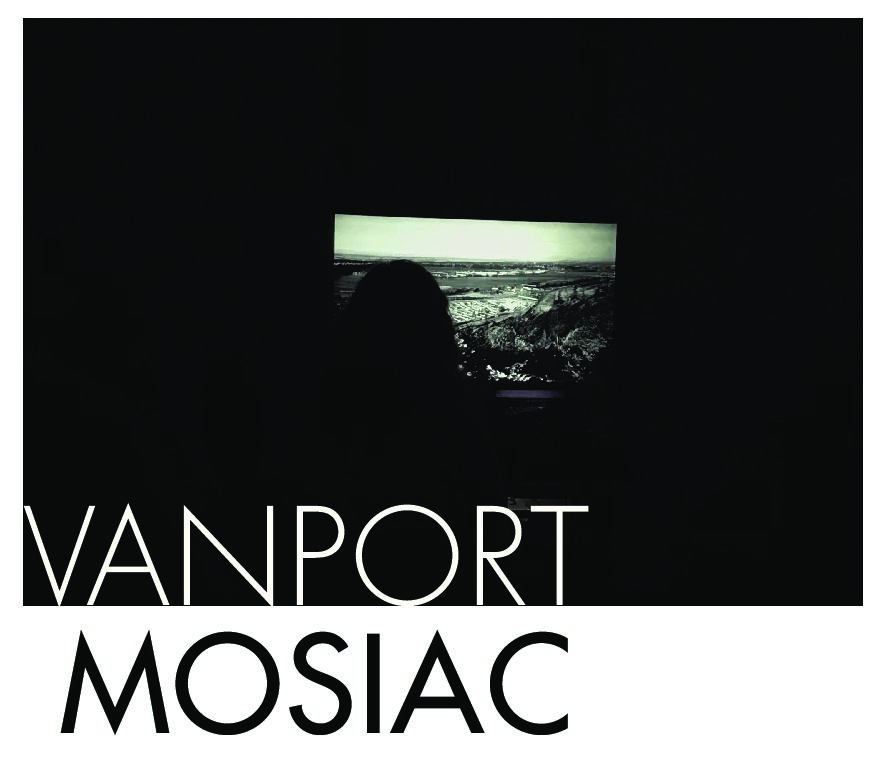Subscription-based streaming services have drastically changed the television landscape in recent years, accounting for 70 percent of internet usage during peak hours. The next entertainment institution to be disrupted by the subscription model could be the big screen, thanks to Moviepass, a subscription service for theatrical movie releases that allows users to see up to one movie per day for a monthly fee of $9.95. Paying the price of a single ticket for a month’s worth of movies may seem too good to be true, but the sustainability of the business model is yet to be determined. The $9.95 price level is new for Moviepass— an experiment that could either change the moviegoing experience permanently, or lead to the company’s failure.
Moviepass was founded in 2011, and until this summer was charging roughly $30-50 per month, a worthwhile deal for only the most consistent moviegoers. That changed shortly after Mike Lowe stepped in as CEO in June. Lowe, a former video store entrepreneur who went on to become a founding executive at Netflix and president of RedBox, analyzed user data and saw an opportunity for growth. After an initial increase in movie attendance after signing up, the average customer settles into a pattern of seeing just over one movie per month at the $9.95 rate. So in August, Moviepass officially lowered its pricing, creating a surge of subscribers and publicity that crashed their website. The company’s total subscriptions skyrocketed from 20,000 to 600,000 by October.
Perhaps the most surprising aspect of Moviepass’s business model is that the company is paying theaters full price for every movie their customers attend. This means Moviepass is currently operating at a loss, sacrificing profit in order to gain market share. The company sends each user a branded debit card that is used to purchase the ticket at the theater. Customers then use their smartphone’s location services to check-in at the movie theater using the Moviepass app (to deter ticket reselling), and the exact cost of the ticket is loaded onto the Moviepass card.
Tickets can only be purchased same-day at the theater itself, meaning advance e-tickets such as those offered through Fandango or the Regal Cinemas app are not an option with Moviepass. Additionally, tickets must be purchased individually, leaving theaters that offer reserved seating more difficult to attend in groups. Moviepass currently does not support more expensive IMAX or 3D showings either; but there are no blackout dates, so users can see any standard showing of any movie any day of the year at 91 percent of theaters in America.
Whether Moviepass becomes profitable depends on a number of potential long-term income sources. The company hopes to eventually negotiate deals with major theater chains to share a portion of ticket and concession sales. The service will also accumulate a valuable supply of user data that it can sell to movie distributors and marketers.
While Moviepass is an excellent bargain for the consumer, the movie industry has a love-hate relationship with the company. Many theaters see it as devaluing movie tickets, and AMC has publicly denounced the August price-drop. 2017 was a particularly bad year for theaters, with the lowest attendance in over a decade and falling theater stocks. Moviepass has proven itself adept at bringing more people into theaters, doubling attendance and increasing concession spending by 123 percent. Lowe has referred to the service as “bad movie insurance,” removing the risk from seeing a potentially disappointing movie and encouraging moviegoers to take more risks.
Only time will tell if Moviepass is sustainable, but for now, it’s an unbeatable deal for any movie-lover.





